How to make ceramic that can withstand 3000°C?
As a materials scientist with years in the field, the question "How to make ceramic that can withstand 3000°C?" isn’t just a casual inquiry; it’s a dive into the frontier of material science. We’re talking about environments where most substances simply vaporize or decompose. Creating ceramics for such extremes involves understanding highly specialized materials known as Ultra-High Temperature Ceramics (UHTCs)1, mastering complex synthesis and processing techniques, and meticulously characterizing their performance under brutal conditions. This isn’t about your everyday pottery; it’s about engineering materials for aerospace, hypersonic travel, and next-generation energy systems.
What Are We Truly Discussing When We Mention 3000°C Ceramics?
So, when I talk about ceramics that can handle these insane temperatures, what am I really referring to, and why is precision in definition important here?
If we’re not specific, one might think of advanced alumina or zirconia, but even these champions of the "normal" high-temperature world begin to falter significantly below $2500^\circ C$, suffering from softening, creep, or excessive grain growth. This ambiguity can lead to misapplication and catastrophic failures in design.
We are specifically referring to a specialized group known as Ultra-High Temperature Ceramics (UHTCs). These are typically compounds like carbides, nitrides, and borides of early transition metals (e.g., Hafnium, Tantalum, Zirconium). Their unique crystal structures and strong covalent/ionic bonding give them melting points often exceeding $3000^\circ C$, sometimes even approaching $4000^\circ C$.
| Category | Detail |
|---|---|
| Question/Challenge | What specific type of ceramics can withstand $3000^\circ C$, and why is precise definition crucial? |
| Risk of Ignoring | Misclassifying materials can lead to selecting inadequate ceramics, resulting in design failure. |
| Key Takeaway | We mean Ultra-High Temperature Ceramics (UHTCs) – specific carbides, nitrides, and borides of transition metals. |
With the UHTC category defined, which specific materials are my top candidates?
Choosing incorrectly, or without understanding the nuances of each candidate, means you might select a material that, while having a high melting point, fails due to oxidation or an inability to be fabricated into the required shape. This results in wasted resources and project delays.
My primary go-to materials are a select few known for their exceptional refractoriness and, ideally, some measure of environmental resistance. These include specific carbides and diborides, often used in composite forms to enhance their properties.
What makes HfC and TaC stand out in the UHTC crowd?
If you just focus on melting point, you might miss other critical factors like processability or behavior in an oxidative environment. Simply having the highest melting point isn’t the sole criterion for selection in real-world applications.
Hafnium Carbide (HfC)2 boasts one of the highest melting points of any binary compound, around $3900^\circ C$, with Tantalum Carbide (TaC) close behind. Their robust crystal structures provide excellent thermal stability. However, their oxidation resistance isn’t inherently great, often necessitating protective coatings or their use in non-oxidizing atmospheres or as part of a composite system.
| Category | Detail |
|---|---|
| Question/Challenge | What are the defining characteristics of HfC and TaC for UHTC applications? |
| Risk of Ignoring | Overlooking factors beyond melting point (like oxidation resistance) leads to suboptimal material choices. |
| Key Takeaway | HfC and TaC have exceptionally high melting points but require strategies to manage poor oxidation resistance. |
Are carbides the only option, or do other compounds like diborides offer compelling advantages for 3000°C applications?
Focusing solely on carbides could mean overlooking materials that offer a better balance of properties, particularly when it comes to oxidation resistance, which is a major failure mechanism at such high temperatures.
Zirconium Diboride (ZrB_2) and Hafnium Diboride (HfB_2) are stars in their own right. While their melting points are slightly lower than the top carbides (still well above 3000^\circ C), they exhibit better oxidation resistance due to the formation of relatively stable oxide scales (ZrO_2, HfO_2, and B_2O_3). This makes them very attractive for applications involving high-velocity, high-temperature airflows, such as hypersonic vehicle leading edges.
Can I get even better performance by mixing these UHTCs, or combining them with other materials?
Using monolithic UHTCs can often mean compromising on one property to maximize another, for instance, sacrificing fracture toughness for ultimate temperature resistance. This can limit their application where mechanical reliability is as crucial as thermal stability.
Absolutely. UHTC composites are where much of my advanced work is focused. By incorporating secondary phases like Silicon Carbide (SiC) into a ZrB_2 or HfB_2 matrix, we can significantly improve oxidation resistance (SiC forms a glassy SiO_2 scale that seals pores) and often enhance fracture toughness. Carbon fiber reinforcement (C/C-SiC composites with UHTC coatings or particulate additions) is another avenue for creating damage-tolerant high-temperature structures.
| Material System | Typical Max Temperature | Key Advantage | Key Challenge |
|---|---|---|---|
| Hafnium Carbide (HfC) | ~$3900^\circ C | Highest binary melting point | Poor oxidation resistance |
| Tantalum Carbide (TaC) | ~$3800^\circ C | Very high melting point | Poor oxidation resistance |
| Zirconium Diboride (ZrB₂)3 | ~$3245^\circ C | Good oxidation resistance (forms ZrO_2) | Lower MP than HfC/TaC |
| Hafnium Diboride (HfB₂) | ~$3380^\circ C | Excellent oxidation resistance | High cost, density |
| UHTC-SiC Composites | Variable (design dependent) | Enhanced oxidation, toughness | Complex processing |
If these materials have such incredible intrinsic properties, why isn’t it straightforward to make components from them?
Assuming that a high melting point automatically translates to an easy-to-use material is a common pitfall. The very properties that make UHTCs desirable also make them incredibly difficult to process into dense, reliable components.
The strong covalent bonding and low self-diffusion coefficients in UHTCs lead to significant challenges, primarily in achieving full densification during sintering, mitigating their inherent brittleness, and protecting them from aggressive oxidative environments at operational temperatures.
Given these challenges, what are the go-to manufacturing techniques I rely on to shape UHTCs into usable forms?
Simply pressing and firing them like traditional ceramics won’t cut it; the resulting components would be too porous and weak. This necessitates the adoption of more sophisticated and often more expensive processing routes that can overcome the inherent sintering difficulties of UHTCs.
To overcome the low sinterability, I typically employ methods that combine high temperatures with applied pressure, or use reaction-based approaches, or even build parts layer by layer. The choice depends heavily on the desired component geometry, purity requirements, and cost considerations.
| Category | Detail |
|---|---|
| Question/Challenge | What manufacturing techniques are suitable for UHTCs given their processing difficulties? |
| Risk of Ignoring | Using conventional ceramic processing yields unusable, porous UHTC components. |
| Key Takeaway | Advanced methods (pressure-assisted sintering, reaction bonding, CVD/CVI) are needed for viable UHTC parts. |
When I need dense, relatively simple shapes, what are my workhorse techniques?
If you need high density but try to achieve it through pressureless sintering, you’ll likely need extremely high temperatures for very long times, leading to grain growth and potentially poor mechanical properties, or still not achieve full density.
Hot Pressing (HP) involves simultaneously applying high temperature and uniaxial pressure to a powder compact in a die. Spark Plasma Sintering (SPS)4, also known as Field Assisted Sintering Technology (FAST), is a more advanced version where a pulsed DC current passes through the powder and die, leading to very rapid heating rates and significantly shorter sintering times, often resulting in finer, more uniform microstructures and high densities at lower overall temperatures compared to HP.
Are there ways to form UHTC phases in-situ during manufacturing, perhaps making complex shapes easier?
Trying to machine intricate shapes from fully densified UHTCs is extremely difficult and costly due to their hardness. Forming the shape first with more workable precursors and then converting it to the UHTC is a smarter approach for complex geometries.
Yes, reaction bonding is a clever route. For example, in Reaction-Bonded Silicon Carbide (RBSC)5, a porous carbon preform is infiltrated with molten silicon, which reacts to form SiC. Similar principles can be adapted for some UHTC systems, for instance, by infiltrating a porous carbon or boron carbide preform with molten zirconium or hafnium, though this is more challenging due to the higher temperatures involved and reactivity of the metals.
For coatings or infiltrating complex porous structures, what method do I turn to?
When bulk components are too difficult to fabricate or when only a surface needs UHTC properties, trying to make the entire part from UHTC is overkill and often impractical. A coating or an infiltrated composite structure is often more effective.
Chemical Vapor Deposition (CVD)6 is excellent for applying thin, highly pure UHTC coatings onto substrates. Precursor gases containing the constituent elements (e.g., hafnium chloride, methane, boron trichloride) are introduced into a reaction chamber where they decompose and react on the heated substrate surface. Chemical Vapor Infiltration (CVI) is a variation used to densify porous preforms, like carbon fiber matrices, by infiltrating the pores with the deposited UHTC material, gradually building up a dense composite.
| Category | Detail |
|---|---|
| Question/Challenge | What methods are used for UHTC coatings or infiltrating porous preforms? |
| Risk of Ignoring | Fabricating entire bulk UHTC parts is often unnecessary or too complex for coating/infiltration needs. |
| Key Takeaway | CVD is ideal for UHTC coatings, while CVI is used to create UHTC-matrix composites by densifying preforms. |
These UHTCs sound incredibly specialized. Where exactly do they earn their keep?
Developing such high-cost, difficult-to-manufacture materials without a clear, critical need would be an academic exercise. The extreme environments where UHTCs are indispensable are those where mission success and safety depend on material survival beyond the capabilities of metals or conventional ceramics.
Their applications are in sectors demanding performance at the very edge of material limits. I see them most critically in aerospace for rocket nozzles, combustion chamber liners, and leading edges or nose cones of hypersonic vehicles. They’re also vital in advanced energy systems, such as components for next-generation gas turbines, fusion reactors, or even highly aggressive industrial processing environments.
The Horizon for UHTCs: What’s Next in Extreme Temperature Materials?
If we assume current UHTCs are the final word, we limit our ability to envision and enable future technologies that may demand even greater performance, such as faster hypersonic vehicles or more efficient energy conversion systems. Stagnation is not an option in this field.
The field is incredibly dynamic. I’m particularly excited about research into multi-principal element UHTCs (so-called "high-entropy" ceramics), which offer a vast compositional space to tailor properties. There’s also significant work on advanced UHTC matrix composites (UMCs) with enhanced toughness and multi-functional capabilities, as well as developing more scalable and cost-effective manufacturing techniques, including additive manufacturing for complex geometries.
Successfully engineering ceramics to withstand $3000^\circ C$ is far more than a simple materials selection exercise; it’s an intricate dance between identifying inherently refractory Ultra-High Temperature Ceramics like select carbides and borides, overcoming significant fabrication hurdles such as densification and oxidation, and employing advanced manufacturing techniques from spark plasma sintering to chemical vapor infiltration. Rigorous testing under simulated extreme conditions is non-negotiable to validate performance for critical applications in aerospace and energy. As I see it, this field remains a vibrant frontier, with ongoing research into novel compositions and processes promising even greater capabilities for technologies that will define our future.
-
Explore UHTCs to understand their unique properties and applications in extreme environments, crucial for aerospace and energy systems. ↩
-
Learn about HfC’s exceptional melting point and its role in high-temperature applications, essential for advanced material science. ↩
-
Discover how ZrB₂’s oxidation resistance makes it a key material for hypersonic vehicles and other high-performance applications. ↩
-
Learn about SPS, a cutting-edge technique that enhances UHTC production with rapid heating and fine microstructures. ↩
-
Discover RBSC’s innovative approach to forming UHTCs, making complex shapes easier to achieve in manufacturing. ↩
-
Explore CVD to understand its role in applying thin, pure UHTC coatings, crucial for advanced material applications. ↩
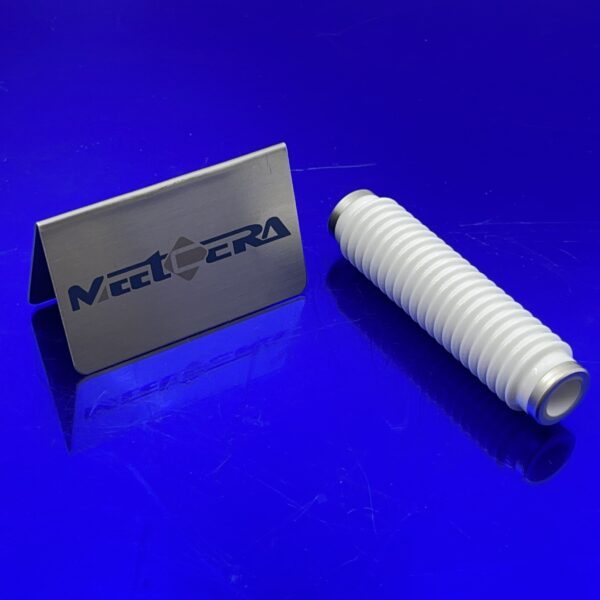


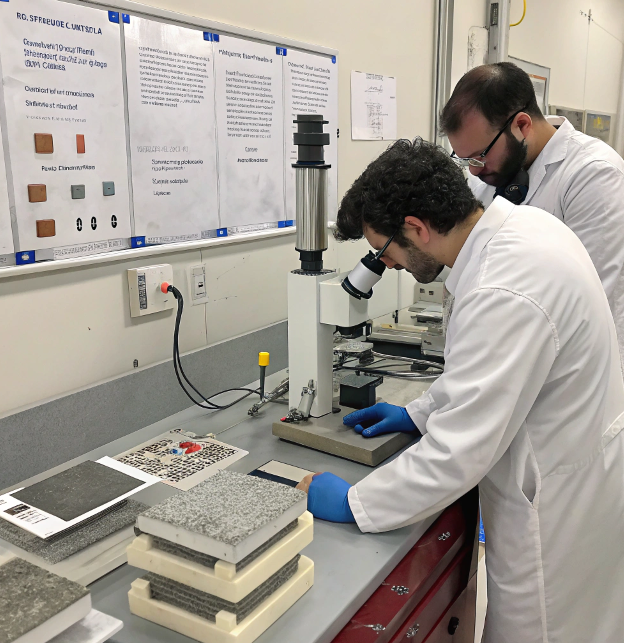
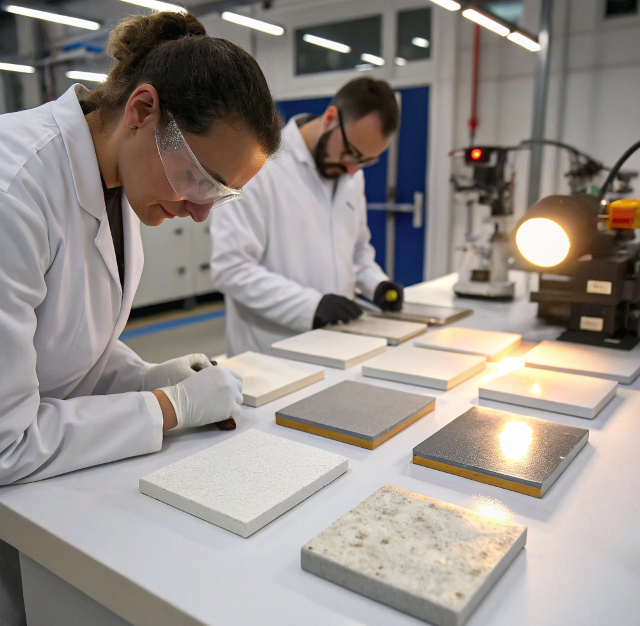
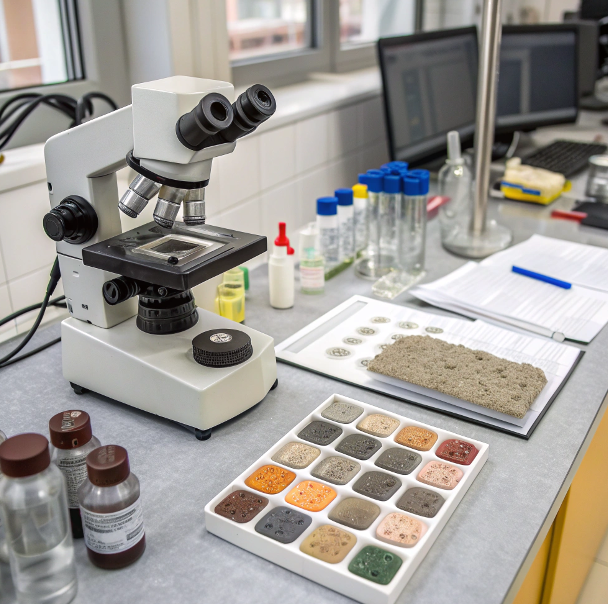
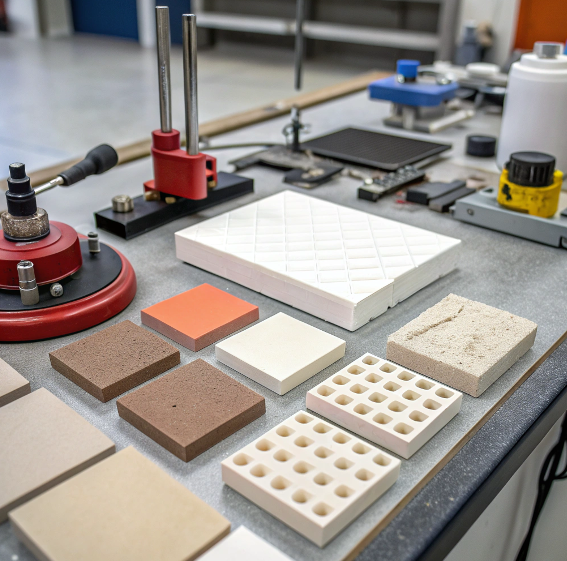

No comment